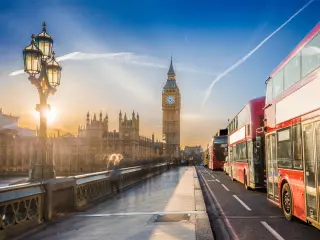Driving on the left or right: Which countries do what, and why?
One of the biggest concerns for road-trippers venturing abroad is which side of the road to drive on.
While most people know that the UK drives on the left and the US drives on the right, beyond that, it can sometimes get a little confusing.
Obviously, it makes sense for one territory to choose a direction and stick to it, so as to avoid the inevitable crashes and confusion between countries.
But oddly, it isn't always quite so straightforward.
A good rule of thumb to remember is that Britain and most former British colonies - including India, Australia and South Africa - drive on the left, while continental Europe and the USA drive on the right. There are, however, a handful of exceptions to that rule that may surprise you.
Here's a definitive guide to the countries that drive on the left and those that stick to the right.
Countries that drive on the left
In total, there are 76 countries and territories that drive on the left; that's 35% of the earth's population.
Britain and Ireland
Famously, cars in the UK and Ireland drive on the left -hand side of the road, with the driver's seat situated in the right-hand section of the car.
This includes England, Scotland, Wales, Ireland, Northern Ireland, Guernsey, Isle of Man, and Jersey.
This has been the way for thousands of years - ever since Roman times, in fact.
Back then, it made sense to drive on the left because most people were (and still are) right-handed.
By driving on the left and sitting on the right, the driver was free to use his strong hand to greet oncoming traffic.
It also meant that swordsmen were able to attack oncomers with their strong hand if they needed to.
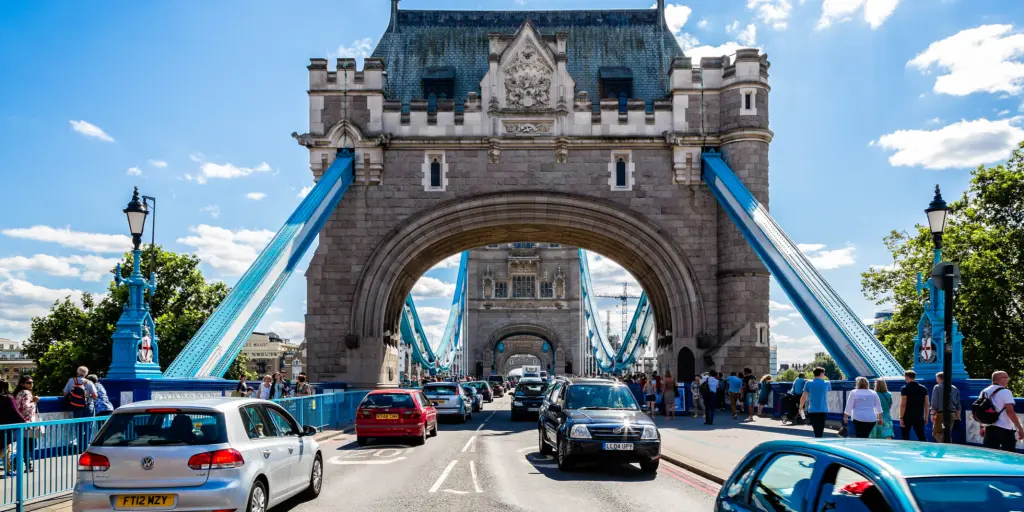
There are other practical reasons that are still relevant today for driving on the left.
For example, most people's right eye is stronger than their left, and driving on the left side of the road means their dominant eye is in a better position to spot oncoming traffic.
With all this in mind, it may seem like driving on the left side of the road is safer than driving on the right.
So why does 65% of the world's population drive on the right side of the road? More on that later!
Australasia
As you already know, the reason that Australia and its neighbouring countries (including New Zealand, Christmas Island, Cocos Islands, and Norfolk Island) drive on the left is because they are former British colonies.
These formerly British-owned islands in the region also drive on the left-hand side of the road:
- Fiji
- Pitcairn Islands
- Kiribati
- Tuvalu
- Niue
The same applies to Nauru, Samoa, Papua New Guinea, Tonga, and the Solomon Islands, which were not British colonies but probably were influenced by their neighbouring islands.
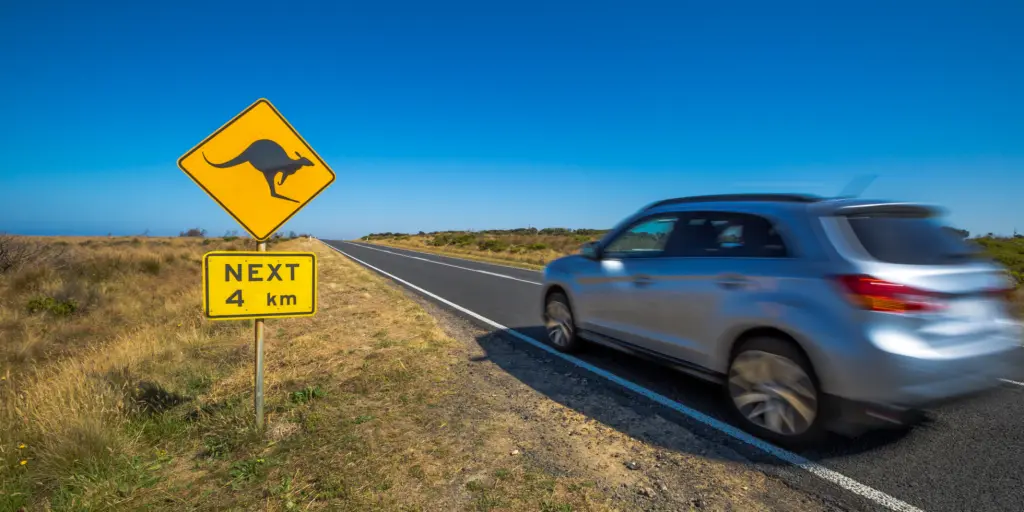
Indian subcontinent
The Indian subcontinent (including India, Pakistan, Bangladesh, Nepal and Bhutan) also sticks to the left side of the road when driving.
Left-side driving also occurs in Sri Lanka, which is sometimes considered part of the subcontinent.
Hong Kong
It's entirely possible to drive from China to Hong Kong or vice versa, but there are a few things one should know before attempting the trip.
While mainland China drives on the right-hand side of the road, in former British colony Hong Kong they drive on the left - which can make for some pretty confusing road trips.
Keep that in mind if you plan on travelling between the two regions!
Japan
Unlike most of the regions on this list, Japan was never a British colony, and yet drivers in Japan still drive on the left side of the road.
This custom dates all the way back to the Edo period (1603-1807), when Samurai swordsmen ruled the country and - much like their British counterparts - needed their strong hand free to deal with potential oncoming enemies.
Left-hand driving in Japan didn't become official, however, until the 1870s, when the country's first railway was built.
It was the British who helped construct the railway network, featuring left-side running tracks.
When automobiles were introduced in Japan in the 20th century, it made sense for them to also travel on the left side.
Interestingly, Okinawa actually switched to right-side driving after World War II, when they were under the rule of the United States.
In 1978, though, they switched back to left-side driving after Okinawa was returned to Japan.
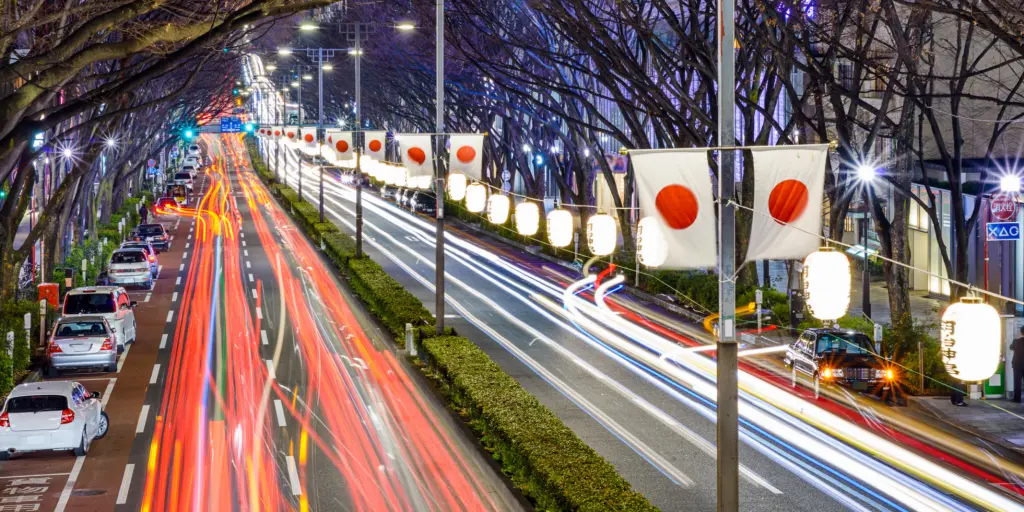
West Indies
Again, islands in the West Indies typically drive on the left because they are influenced by the Brits.
If you are travelling in any of the below places, be prepared for left-sided traffic:
- Anguilla
- Turks and Caicos
- Montserrat
- Cayman Islands
- British Virgin Islands
- Saint Kitts and Nevis
- Jamaica
- Trinidad and Tobago
- Saint Vincent and the Grenadines
- Barbados
- Saint Lucia
- Bahamas
- Antigua and Barbuda
- Dominica
- Grenada
The U.S. Virgin Islands (consisting of Saint Croix, Saint Thomas and Saint John, as well as their outlying islands) is a particularly odd case. This is the only region under United States jurisdiction where the rule is to drive on the left side of the road.
However, almost all cars here have left-sided driver's seats because they've been imported from the mainland U.S.
As you can imagine, this can make it a little bit difficult to navigate the roads, whether you're from the UK and used to driving on the left, or from the U.S. and used to sitting on the left.
Amazingly, there's no real evidence (that we know of) to suggest that this mish-mash of rules leads to more accidents on the road among native U.S. Virgin Islands residents.
Accidents among visiting Americans, however, are relatively frequent, probably in part because of the confusing driving rules. So take care if you're planning a road trip in the U.S. Virgin Islands!
Southern Africa
Kenya, South Africa, Lesotho, Zimbabwe, Botswana, Malawi, Zambia, Namibia, Swaziland, Uganda, and Tanzania all drive on the left side of the road - which makes sense, seeing as they are all former British colonies.
Mozambique was colonised by the Portuguese, not the British, but it still adheres to left-hand side driving - probably because of its proximity to other left-sided driving countries.
The tiny island of Mauritius, which only has one highway, also adheres to the left-hand driving rule.
Europe - Malta and Cyprus
Unlike the rest of continental Europe, Malta and Cyprus are two countries that drive on the left-hand side of the road.
Again, these were both once British colonies, and so the driving rule stuck.
South America - Guyana and Suriname
Guyana, which was formerly a British territory, is the only country in South America where the official language is English.
It's also one of only two countries in the continent that drive on the left-hand side of the road. The other nation, neighbouring Suriname (a former Dutch colony), probably adopted the rule because of its proximity to Guyana.
Countries that drive on the right
According to some sources, the main reason most countries today (163 countries and territories, to be exact) drive on the right-hand side of the road is because of one single left-handed man: Napoleon.
Legend has it that the emperor was more comfortable on the right side of the road, with his dominant hand free and able to attack oncomers.
Others claim that it was an act of revolution to drive on the right, as aristocrats drove on the left.
Whatever the reason, it's now the done thing in most of the world to drive on the right, with the driver's seat situated on the left.
Here are the countries that adhere to this rule:
United States
Even though the United States was colonised by Brits, they drive on the right side of the road rather than the left.
Some hypothesise that this was a deliberate act of rebellion, seen as a way of casting off all ties with the UK after gaining independence.
It could also be due to the emergence of animal drivers in the 1700s (also known as teamsters), who would haul farm products in large wagons that needed to be pulled by several pairs of horses.
The driver would sit on the left rear horse so that he could keep his right hand free to whip the other horses.
Naturally, as he was sitting on the left he wanted oncoming traffic to pass on the left so that he could see oncomers clearly and look down to make sure he kept clear of the other wagons' wheels.
Whatever the reason, driving on the right is a long-standing custom in the USA, and in its territories.
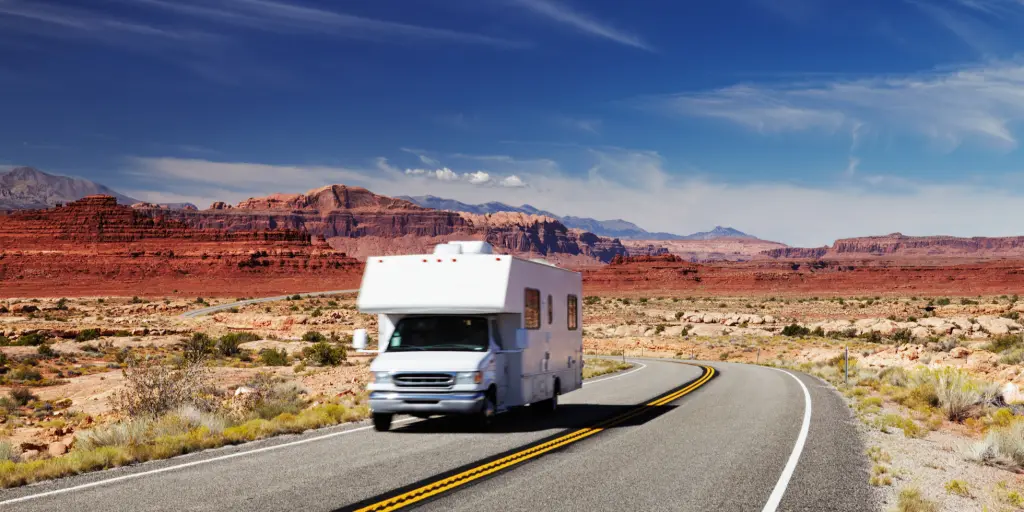
Central and South America
Apart from Guyana and Suriname, all of South America sticks to the right-side driving rule.
Central America - not including the Caribbean islands mentioned above - also drive on the right side of the road.
Canada
In the past, many parts of Canada, which is now part of the British commonwealth, drove on the left just like they do in Britain.
At the same time, some French-influenced Canadian regions, like Montreal and Quebec, drove on the right-hand side of the road.
However in the 1900s, the country made it a regulation to drive on the right in order to avoid accidents, as well as to make border crossings with America easier and more seamless.
Europe
Whether you believe the story about Napoleon or not, today nearly all of Europe drives on the right-hand side of the road, with a few exceptions mentioned above (the UK, Ireland, Cyprus and Malta).
Even Gibraltar - a British overseas territory on the south coast of Spain - drives on the right.
This Europe-wide standardisation occurred in 1920 with the Paris Convention, which was aimed at making it easier to navigate between the many different European countries.
Some of the last European countries to switch to right-side driving were Sweden (1967) and Iceland (1968).
For a long time, Swedes fought against the proposition to switch to right-side driving, even though most people drove left-drive drive vehicles on the left-hand side of the road, leading to a high number of collisions.
On 3 September 1967, a day now known in Sweden as Högertrafikomläggningen or Dagen H, traffic on the roads in Sweden officially changed sides.
Despite the sudden change, the number of automobile accidents in Sweden actually went down that year, perhaps because people were driving more cautiously than before.
By 1969, however, the accident rate was back up to where it was before the switchover.
Russia
In Russia, like all of its neighbouring countries, it is standard to drive on the right-hand side of the road.
China
As you already are aware, mainland China subscribes to the right-side driving belief, while Hong Kong is firmly in the left-side camp.
If you're travelling to China or Hong Kong, we recommend hiring a driver to take you between the two regions, as making that switch can be rather discombobulating.
Africa and Asia
Most of Africa - apart from the aforementioned regions in the south - is part of the global majority that drives on the right-hand side of the road.
And all of Asia, barring the left-driving countries we noted before, drives on the right as well. That includes China, Afghanistan, Cambodia, Vietnam, Laos and Taiwan.

If you're planning a road trip abroad, make sure you're prepared to drive on the opposite side than you're used to, if need be.
It may sound intimidating, but not to worry: it's surprisingly easy to switch sides, as long as you're careful and take your time on the road.







